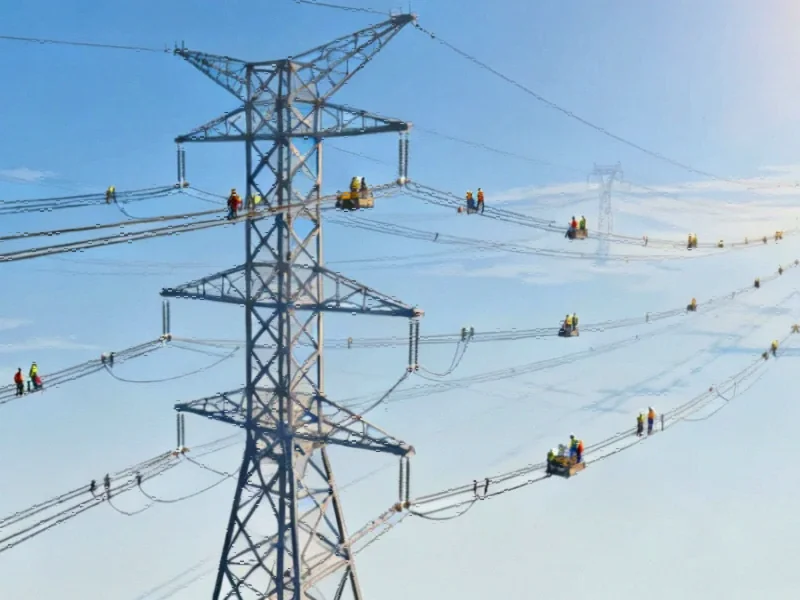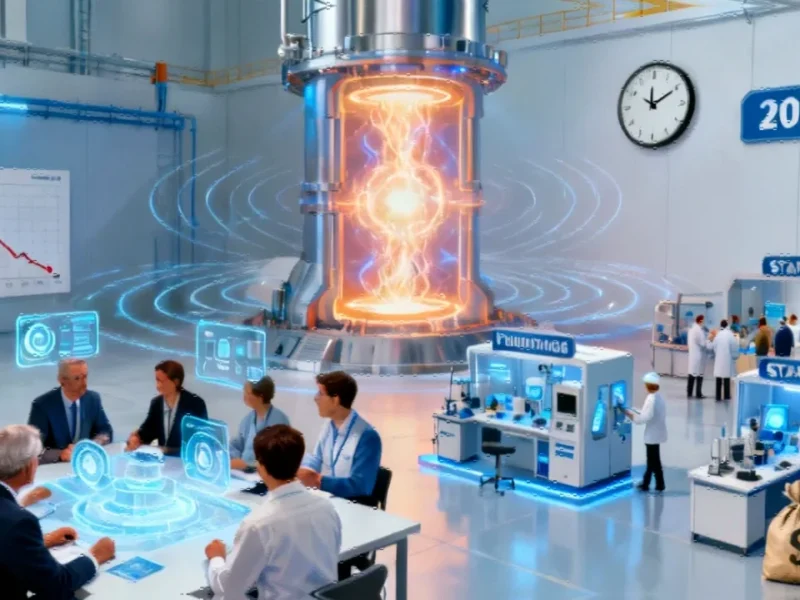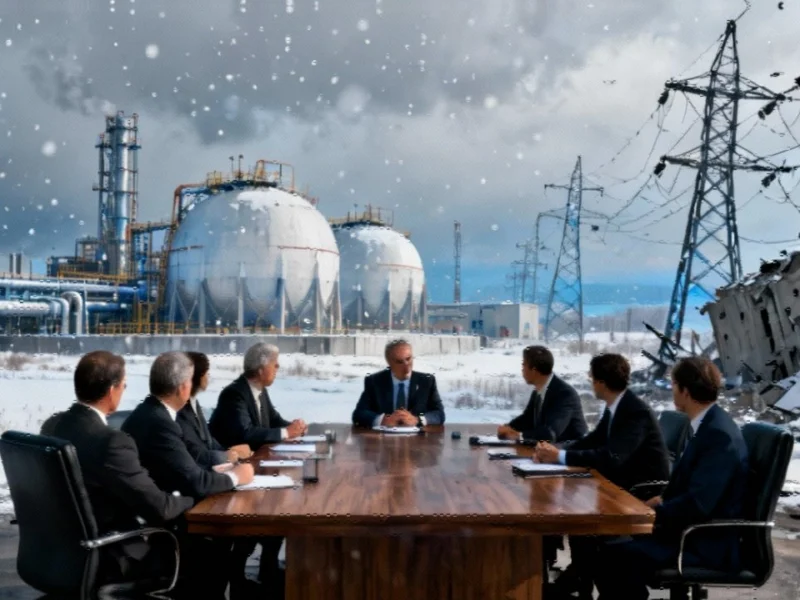Strategic Grid Investment Survives Political Transition
The Department of Energy has finalized a $1.6 billion loan guarantee for extensive transmission line upgrades across five states, marking a significant Biden-era energy program that has survived the Trump administration’s review process. The decision comes as the administration evaluates numerous energy projects initiated during the previous administration’s final months.
This substantial investment will modernize approximately 5,000 miles of existing transmission infrastructure owned by American Electric Power (AEP), one of the nation’s largest utility companies. The upgrades will enhance electricity flow capacity in Indiana, Michigan, Ohio, Oklahoma, and West Virginia without establishing new transmission routes—a compromise that appears to have contributed to the project’s survival.
Contrasting Approaches to Energy Infrastructure
While this particular project moves forward, the Trump administration has taken a different stance toward other energy initiatives. In Minnesota, officials are moving to cancel a $467 million grant that would have facilitated 28 gigawatts of new generating capacity, primarily from solar and wind sources. Similarly, an Oregon project involving $250 million in grants to connect multiple renewable energy projects faces cancellation.
The administration’s selective approach to energy funding reflects broader industry developments in the power sector. Most notably, officials have targeted a $630 million California grid modernization project that shares several technical similarities with the preserved AEP initiative. Both projects focus on maximizing existing infrastructure capacity through advanced technologies rather than building new transmission corridors.
Technical Innovations Driving Grid Efficiency
The preserved AEP project will employ advanced conductor technology to increase power carrying capacity on existing rights-of-way. This approach represents a cost-effective alternative to new construction while addressing growing electricity demand. The utility estimates the loan guarantee will secure favorable interest rates, generating at least $275 million in savings that will ultimately benefit customers through lower rates.
Energy Secretary Chris Wright emphasized that the project will “ensure lower electricity costs across the Midwestern region of the United States.” The affected states already enjoy some of the nation’s most competitive electricity rates, which the upgrades could further enhance through improved banking efficiency in power delivery systems.
Financing Mechanism and Historical Context
The loan originates from the Department of Energy’s Loan Programs Office—recently rebranded as the Energy Dominance Financing Program by Republican officials. Established under the Energy Policy Act of 2005, this office has historically supported clean energy and manufacturing projects with an impressive track record, maintaining a loss rate of approximately 3% that significantly outperforms private sector lending standards.
The timing of the loan guarantee’s initiation—just days before President Trump’s inauguration—initially placed it among projects potentially vulnerable to cancellation. Previous administrations have frequently cited approvals occurring between Election Day and Inauguration Day as justification for terminating initiatives. However, this project’s focus on practical infrastructure improvements without expanding the physical footprint appears to have distinguished it from other targeted programs.
Broader Implications for Energy Policy
The decision to preserve this specific grid modernization effort occurs alongside significant strategic manufacturing moves that are reshaping global industrial patterns. The administration’s selective approach suggests a pragmatic recognition of certain infrastructure needs while maintaining its distinct energy policy direction.
This careful balancing act reflects the complex interplay between political priorities and practical energy requirements. As technology companies like Verily debut AI-powered health applications with personalized features, the energy sector faces its own technological transformation challenges, requiring substantial infrastructure investments regardless of political affiliations.
Future Outlook and Industry Impact
The preservation of this grid modernization project signals that certain bipartisan infrastructure priorities may transcend political transitions. As Tesla’s governance crossroads demonstrate why Musk’s unprecedented leadership approach faces scrutiny, traditional energy infrastructure projects must navigate similar challenges in balancing innovation with reliability.
Meanwhile, the continuing cumulus media challenges regarding Nielsen’s alleged antitrust practices highlight how regulatory environments affect multiple sectors simultaneously, including energy. The energy sector’s evolution continues alongside these related innovations in adjacent industries, creating a complex landscape for policymakers and industry leaders alike.
The Trump administration’s decision to maintain this particular Biden-era program suggests that practical infrastructure needs may sometimes override political considerations, particularly when projects demonstrate clear consumer benefits and avoid controversial elements. As the energy landscape evolves, such market trends in project selection and funding may establish important precedents for future administrations of both parties.
This article aggregates information from publicly available sources. All trademarks and copyrights belong to their respective owners.
Note: Featured image is for illustrative purposes only and does not represent any specific product, service, or entity mentioned in this article.



